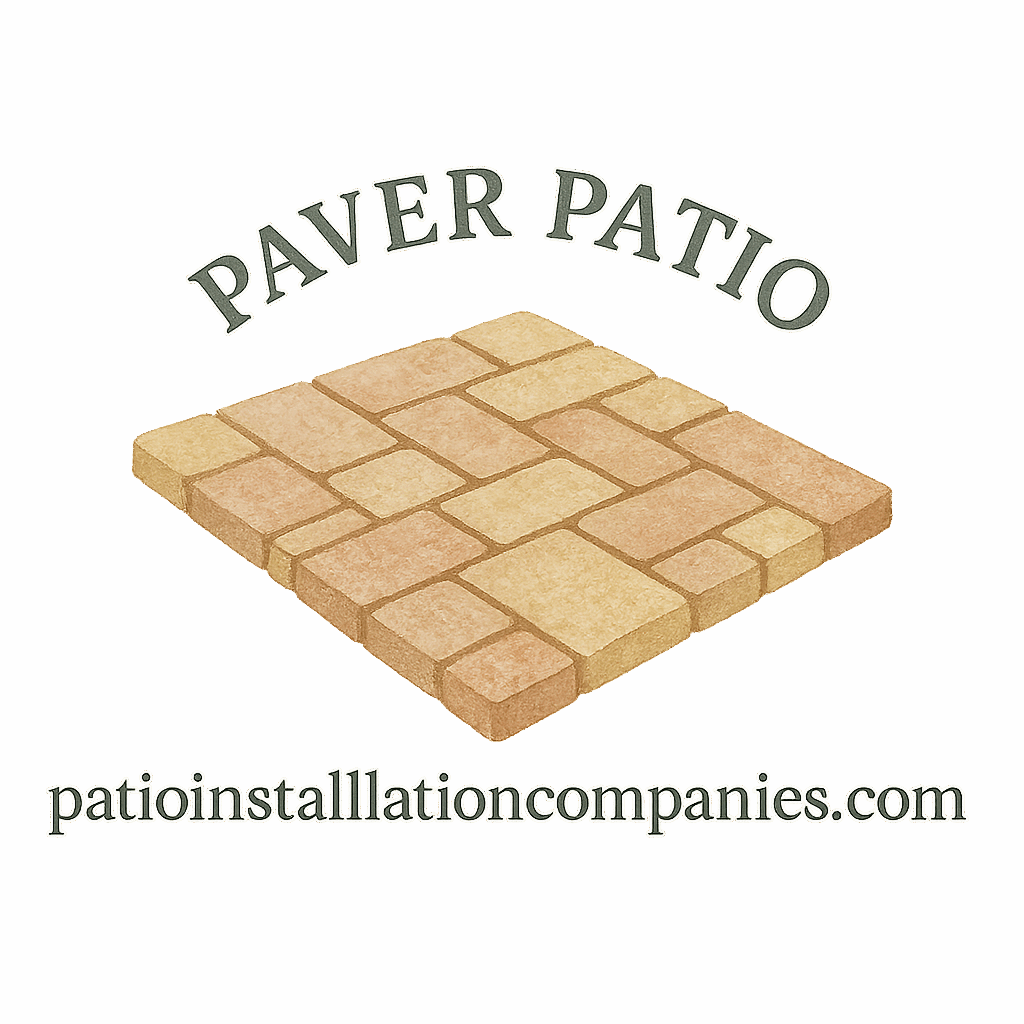Planning to upgrade your backyard with a cozy patio? Before you start laying pavers or pouring concrete, there’s one essential task that could make or break your outdoor space: leveling the ground. It may not be glamorous, but it’s the backbone of a long-lasting, good-looking patio.
In this guide, I’ll walk you through six easy-to-follow tips to level your ground like a pro. Whether you’re going full DIY or just prepping the site for a contractor, these steps will set the stage for a patio you’ll be proud to show off.
Why Ground Leveling Is Crucial for Patios
Leveling isn’t just about looks — it’s about safety, durability, and preventing future headaches. A well-leveled base keeps your patio from cracking, shifting, or turning into a waterlogged mess. It also ensures your furniture doesn’t wobble and your drinks don’t slide off the table.
If you’re dreaming of a flawless patio design, check out our Planning and Design Guide to make sure everything starts on solid ground.
Tools & Materials You’ll Need
Must-Have Tools
- Shovel
- Rake
- Wheelbarrow
- Level (preferably a long one)
- Stakes and string
- Plate compactor (you can rent one)
Recommended Materials
- Crushed gravel or crushed stone
- Landscape fabric (optional but helpful)
- Sand (for final leveling)
- Marking paint or flags
You can also find more cost-saving tips on our DIY installation page if you’re working with a tight budget.
Tip #1: Evaluate Your Yard’s Natural Slope
First things first: your yard already has a slope — and that slope affects drainage, stability, and how much work you’ll need to do.
How to Measure Slope Accurately
Use a string level stretched between two stakes across your desired patio area. Measure the difference in height from one end to the other and divide it by the distance to find the slope percentage.
Example: A 6-inch drop over 10 feet = a 5% slope.
Common Slope Challenges
- Water pooling in the middle of the area
- Erosion along the sides
- Uneven soil compaction
For creative ideas on working with tricky slopes, browse our Creative Outdoor Design tag.
Tip #2: Mark the Patio Area Clearly
Next, mark where your patio will go. Precision is key here — sloppy lines = uneven patio edges.
Using Stakes and String
Pound stakes into the corners of your planned patio area and tie string tightly between them to create a boundary.
Checking for Accuracy
Use a square or carpenter’s triangle to ensure the corners are 90 degrees. If it’s off now, it’ll show later — especially with paver patterns.
Need pattern inspiration? Dive into Paver Patterns for layout ideas.
Tip #3: Excavate and Remove Topsoil
Time to get dirty! Dig out the marked area to a depth of about 6-8 inches — or more if your pavers or base materials require it.
Depth Matters
The deeper you dig, the more stable your base. A general rule: 4 inches of base + 1 inch of sand + paver thickness.
Dealing with Grass and Roots
Remove all grass, roots, and debris. Leaving organic material can lead to uneven settling over time.
Check out the Outdoor Care tag for year-round maintenance tips post-installation.

Tip #4: Add and Compact Gravel Base
This step is all about building a rock-solid foundation (literally). Gravel allows water to drain while supporting the weight of your patio.
Why Gravel Matters for Drainage
Water needs somewhere to go. A gravel base prevents puddles from forming under your patio, which can shift pavers and cause cracks.
Using a Plate Compactor Efficiently
Spread gravel in 2-inch layers and compact each layer thoroughly. This is where many DIYers cut corners — don’t be that guy.
Looking for guidance? Check our Maintenance & Longevity tips.
Tip #5: Use a Long Board and Level
Once your gravel is compacted, it’s time to level out the surface using a screed board (a long, straight piece of wood) and a level.
Screeding for Perfection
Drag the board across the surface to even it out, adding or removing gravel or sand as needed. Aim for a consistent slope (1/4 inch per foot) away from your home for proper drainage.
Avoiding Common Leveling Mistakes
- Don’t eyeball it — always use a level.
- Avoid high spots that create tripping hazards.
- Don’t forget the slope — flat patios = water problems.
Explore comparisons and alternatives on our Concrete vs Pavers page.
Tip #6: Consider Professional Help
Sometimes, DIY isn’t the best option — especially if your ground is full of roots, rocks, or steep slopes.
When DIY Isn’t Enough
If you find yourself overwhelmed, hiring a contractor may save time, money, and frustration in the long run.
Finding the Right Contractor
Need help choosing? Visit our Cost and Contractor resource to weigh your options and compare pricing.
Final Checks Before Patio Installation
Before you start laying pavers or pouring concrete, give your work a once-over.
Weather Considerations
Don’t level ground right before heavy rain. Wait for dry weather so your base materials don’t get waterlogged or shift.
Ground Settling Tips
Let your base sit for a few days (if time allows), especially if your yard was very moist or soft. This minimizes future settling and shifting.
Explore Backyard Enhancements to inspire your final layout and add-ons.
Conclusion
Leveling the ground for a patio might sound like grunt work — and let’s be honest, it kind of is — but it’s also one of the most rewarding parts of the process. Nail this step, and everything else becomes easier. Your patio will last longer, look better, and require less maintenance down the road.
Whether you go full DIY or bring in a pro, don’t skip or skimp on leveling. For more ideas, designs, and pro tips, dive into our full library of Patio Ideas and Backyard Design resources.
FAQs
1. How deep should I dig for a patio base?
You’ll typically want to dig 6-10 inches deep, depending on your materials and local soil conditions.
2. Can I level the ground without heavy equipment?
Absolutely! Basic tools like shovels, rakes, and a long board can get the job done for smaller patios.
3. What’s the best material for a patio base?
Crushed gravel or stone is best for drainage and support. Avoid loose dirt or sand as your main base.
4. How long does it take to level the ground for a patio?
Expect to spend 1–3 days depending on the size of your patio and how complex the site is.
5. Do I need a permit to build a patio?
Sometimes. It depends on your location and the size of the patio. Check with your local building department.
6. How much does it cost to level ground professionally?
Professional leveling can range from $500 to $2,000 depending on terrain and size. Check out Affordable Paver options to balance cost and quality.
7. Will a poorly leveled patio cause long-term problems?
Yes! Uneven patios can lead to cracked pavers, poor drainage, and higher maintenance costs. Explore Patio Maintenance tips to keep things in top shape.


